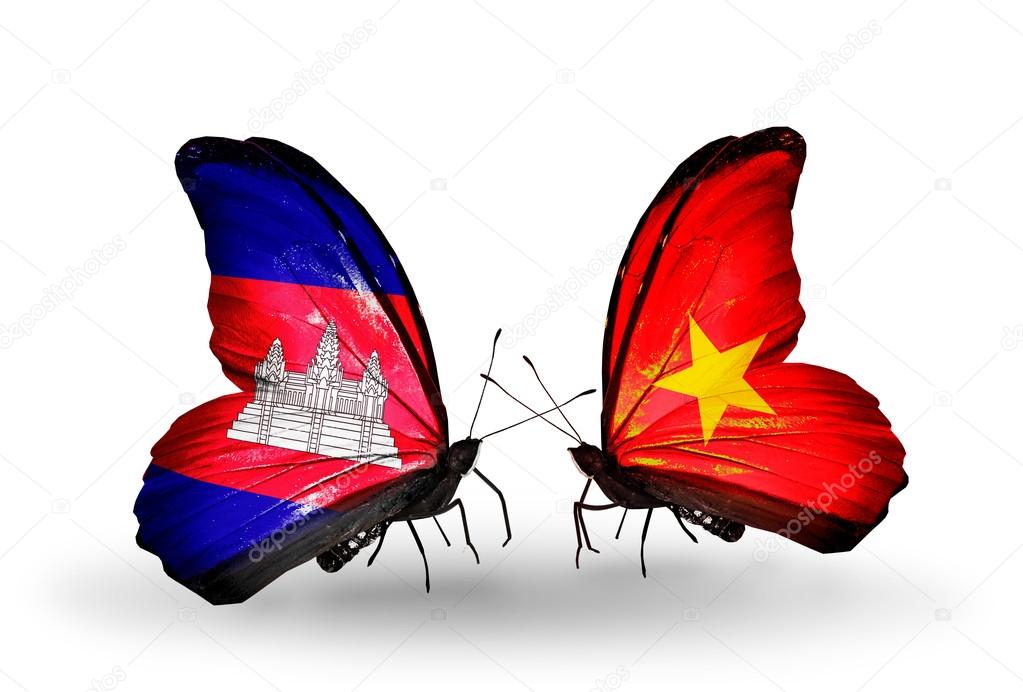Nearly time to pack my case…studies up!

It is my last week in Hanoi, Vietnam. What a challenging and eye-opening experience this has been for me. I have had an amazing time here, experiencing new cultures, the food and the people… it has been amazing! However, I am looking forward to getting back to Irish soil as the ground here is getting pretty flooded with the southwest monsoon season in full swing. The southwest monsoon season occurs from April to September which is characterised by very warm and very wet weather. Atypically, the Northeast monsoon season falls during October until March or April and is more so on the dry and cooler climate. More on Vietnam’s weather and ideal times to travel found here.
For my thesis, I have been given two case studies to use in my literature review and also for the analysis derived from the coding process. These two case studies are Vietnam and Cambodia. The case studies were chosen as Asian countries have been faced with extreme challenges arising from climate variability, agricultural sustainability and their livelihoods (Le Dang et al., 2014).
Vietnam is a very long country and expands extends across 15 degrees of latitude from 8.30o north to 23.22o north, climate is significantly different in the North, Central and Southern parts of the country and there are seven climate zones: Northwest (B-I), Northeast (B-II), Northern Delta (B-III), North Central Coast (B-IV), South Central Coast (N-I), Central Highlands (N-II) and Southern Delta (N-III) (Duc et al., 2019).
Vietnam is one of the most prone countries to natural disasters. Natural disasters have had devastating impacts on human lives and their livelihoods. Effective preventive measures and policy making will help to alleviate the vulnerabilities and strengthen adaptive capacity which in turn will build resilience (Nguyen et al., 2019).
In the last 20 years, Cambodia has made significant strides, especially in the garment industry and tourism which led to it becoming a middle income country according to the World Bank. However, even though significant strides have been made, adequate nutrition, education and overall good health concerns still need to be addressed if it is to maintain this status.
Cambodia, geographically speaking is very similar to Vietnam in that it is also characterised by two seasons of wet and dry and in recent years has become very vulnerable to natural hazards which have been exacerbated by climate change which has seen a severe increase in the frequency and intensity of natural disasters (Chhinh and Poch, 2012).
In order to increase the adaptive capacity of Cambodians, technological and governmental limitations must be addressed. Protective measures such as working toilets and piped water will help to alleviate the spread of disease in areas lacking sanitation infrastructure (Davies et al, 2015)
All citations will be referenced under ‘Research Literature’ at the top of my page.
